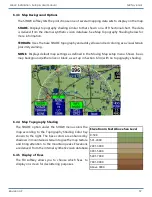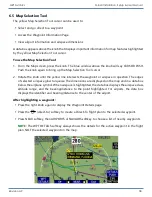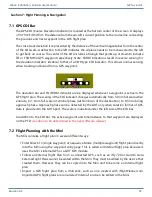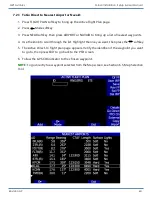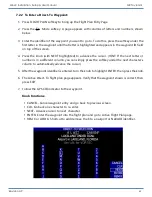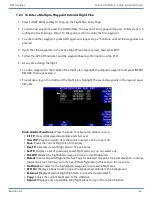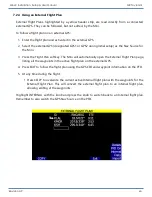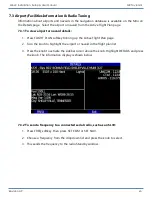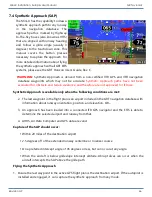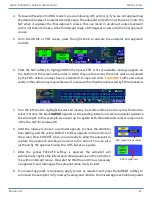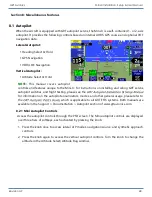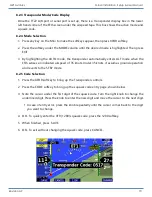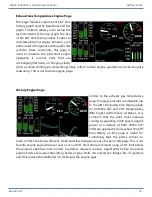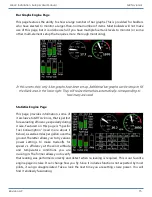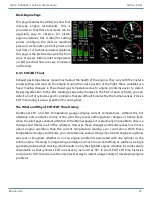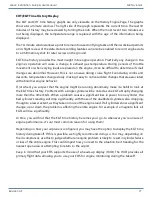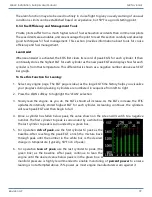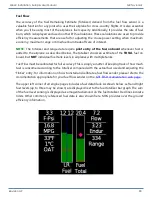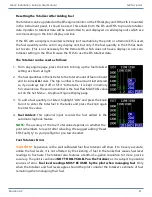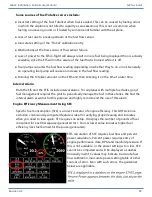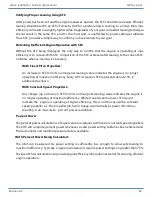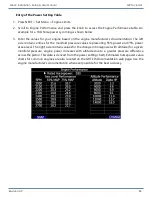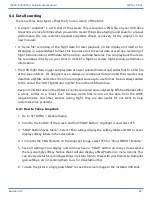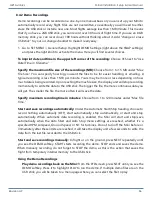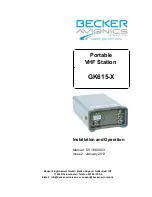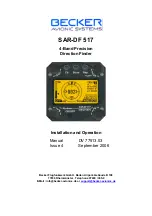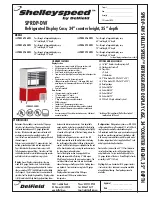
Mini-X Installation, Setup & User Manual GRT Avionics
Revision A9 71
8.3 Graphical Engine Monitoring with the EIS
8.3.1 EIS Engine Monitor
The GRT Avionics EIS Engine Monitor provides all engine data
to the EFIS. The Mini uses this data to drive its graphical
engine display and compute additional engine performance
information. The EIS is available with or without a display unit.
Data is transmitted to the EFIS through a single RS-232 serial
output. When Data Recording is enabled in the Mini, EIS data
is recorded to the USB stick and can be analyzed by computer programs or web-based engine
analyzers such as SavvyAnalysis.com.
8.3.2 Graphical Engine Monitoring and Display Pages
When connected to the Engine Information System (EIS), the EFIS provides all data necessary to
monitor engine performance. Warnings are provided for all data, making detection of unsafe engine
conditions easy and relieving the pilot of many traditional engine monitoring duties.
In addition to the typical engine monitoring functions, the EFIS includes several engine monitoring
functions that are unique to GRT Avionics. These are based on our extensive experience in this
area. They are described in the following sections.
There are six full-screen pages that can be used to display engine data.
Engine Display Elements
The engine pages include a portion that is fixed and a portion that varies depending on which
engine page is selected. The fixed data includes a fuel group, main dials and bar graphs. These
groups all include customizable features and are configured on the Set Menu > Graphical Engine
Display page; they should be considered permanent mainstays of the Engine Page display. The
Variable Group can be easily changed in-flight by pressing Next > Data. These pages are described
in following sections. A breakdown of the display elements can be seen on the following page.

